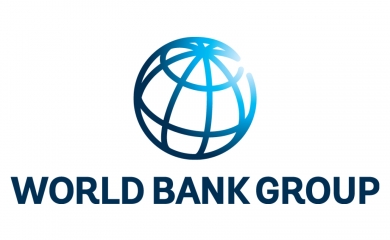On behalf of the World Bank - the world's largest financial institution for development cooperation - GIM has made an inventory of all 2500 slums in Manila for the very first time. Using this data, local authorities can make informed decisions and respond proactively to the social challenges in these neighbourhoods.

The challenge
The fact that Manila does not have up-to-date knowledge of their many slums prevents local authorities and development organisations from effectively reaching slum-dwellers with their initiatives. And with the increasing number of natural disasters - which often impact more heavily on households in poorer parts of the city - accurate data on the slums becomes increasingly important.
Locating and demarcating these parts of the city is a major challenge in itself. But the complexity of a metropolis like Manila only adds to the problem.
The solution
In order to tackle the problem, GIM leveraged the power of Object Based Image Analyses (OBIA). With this technique, very high resolution satellite images are scanned automatically to detect and delineate the slums. GIM experts even went a step further: using specific features, they developed an objective and automated classification of the informal settlements.
"Based on the Pléiades satellite images and criteria including building size, density, presence of vegetation, shape and neighbourhood, we determined 8 different types of slums, among other things," explains Vincent Tigny, GIM's Earth Observation specialist. "For example, we made a distinction between districts along rivers or near railways, very dense settlements, very small 'pocket slums', and so on". This provides governments and aid workers with a unique insight into the slums diversity in the Philippine capital.
The result
The collaboration between GIM and the World Bank resulted in a comprehensive overview of all the types of slums in Manila. It is a perfect source of information for initiatives such as targeted educational programmes, urban planning interventions or measures. As such, the specific needs of slum-dwellers can be met more quickly.
Read the World Bank's report, with the conclusions and recommendations for inclusive urbanization policy: "Navigating Informality: Perils and Prospects in Metro Manila’s Slums" - by Gayatri Singh and Gauri Gadgil
The project was realised with the support of the ESA.
Contact us
Your input was sent successfully.
Error
Service Desk
Already a customer? How can we help you?
Service Desk



